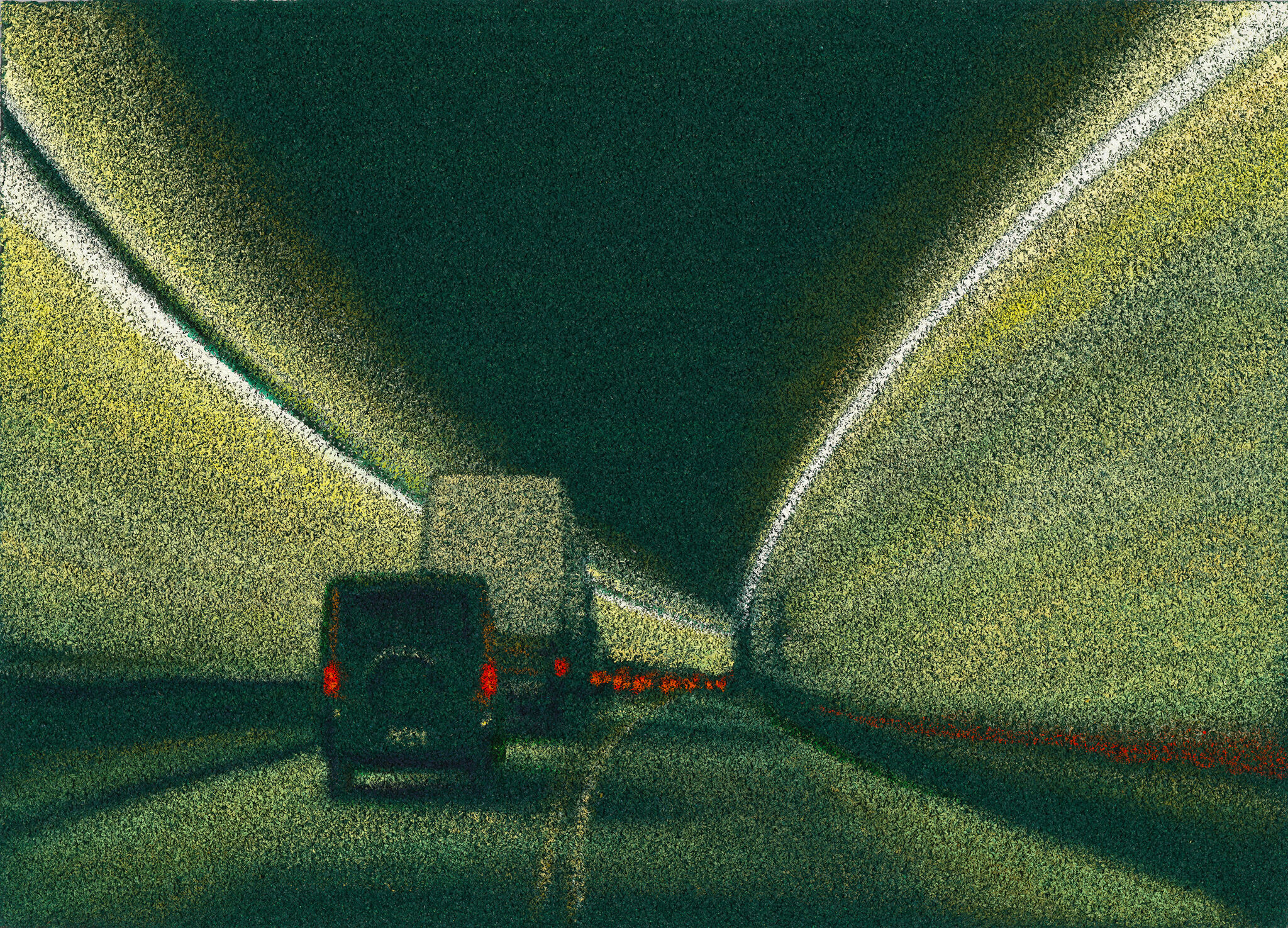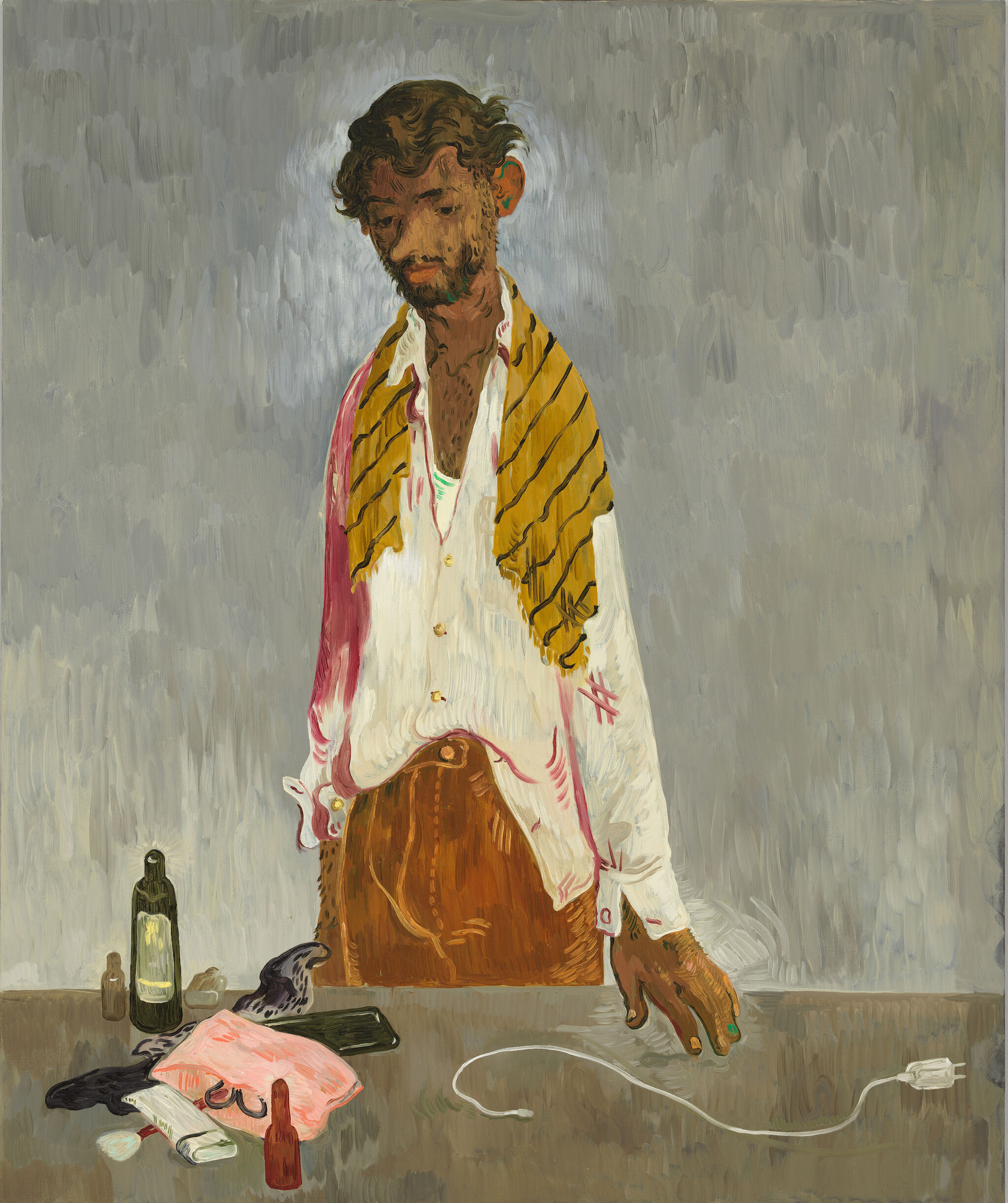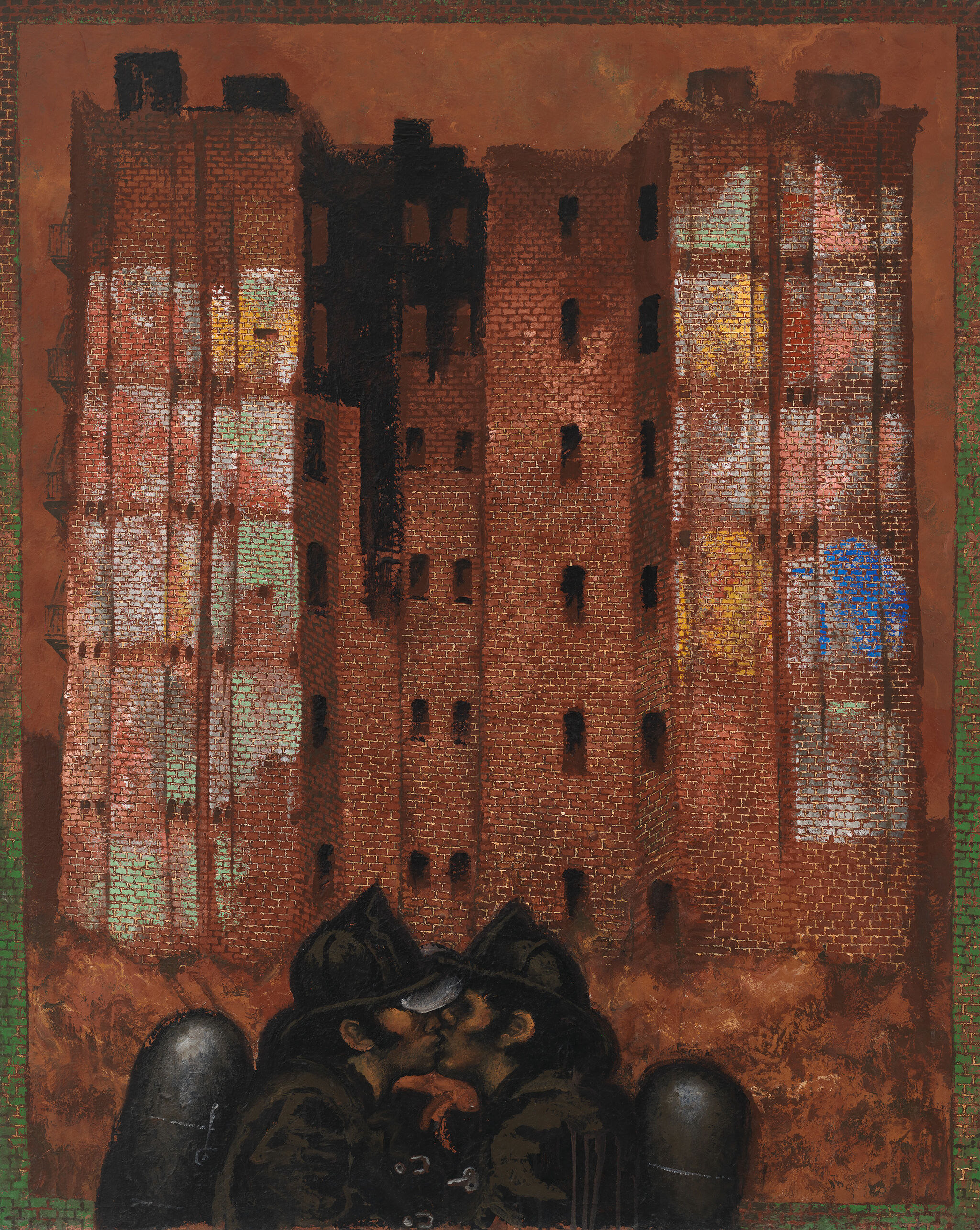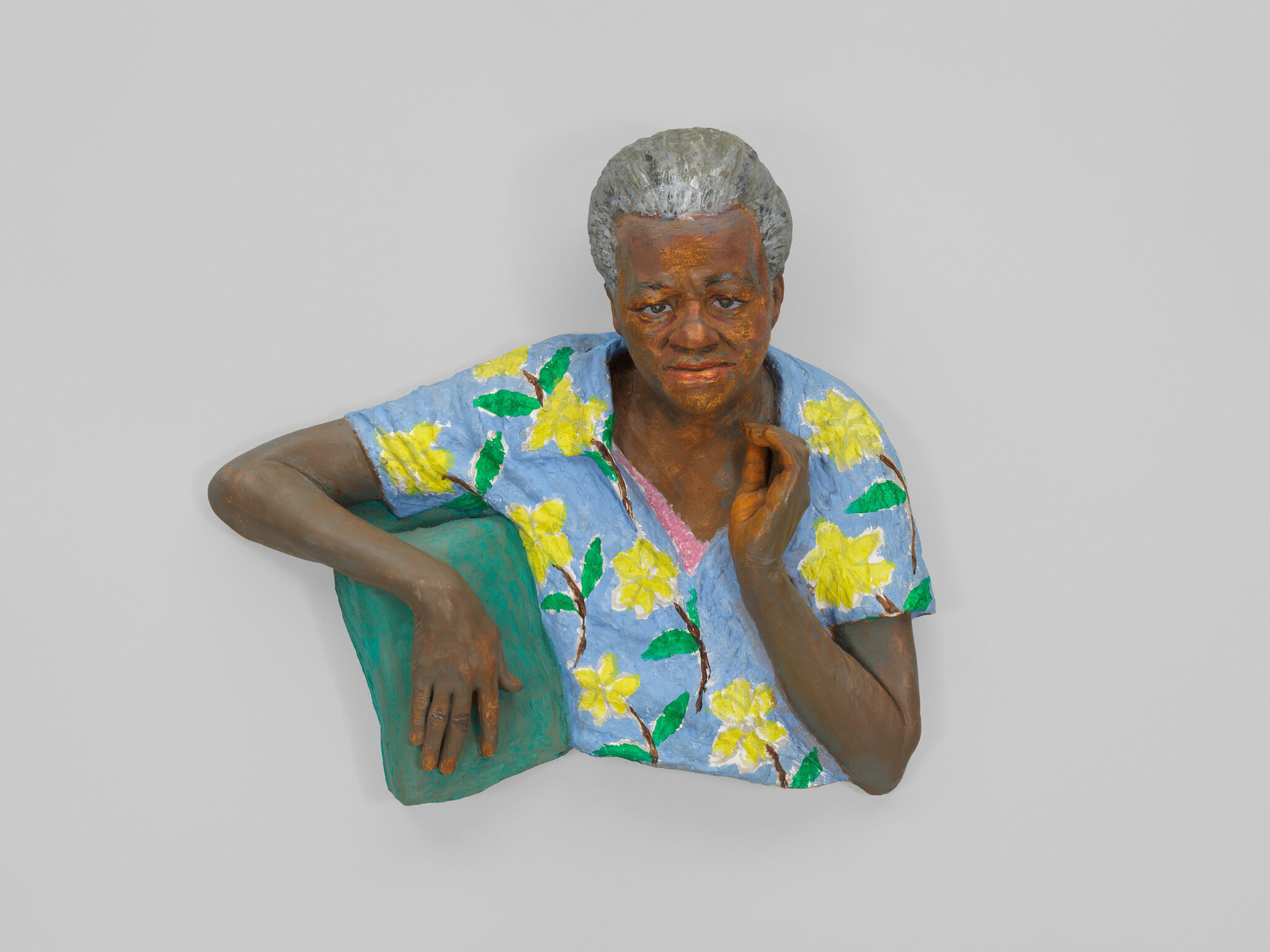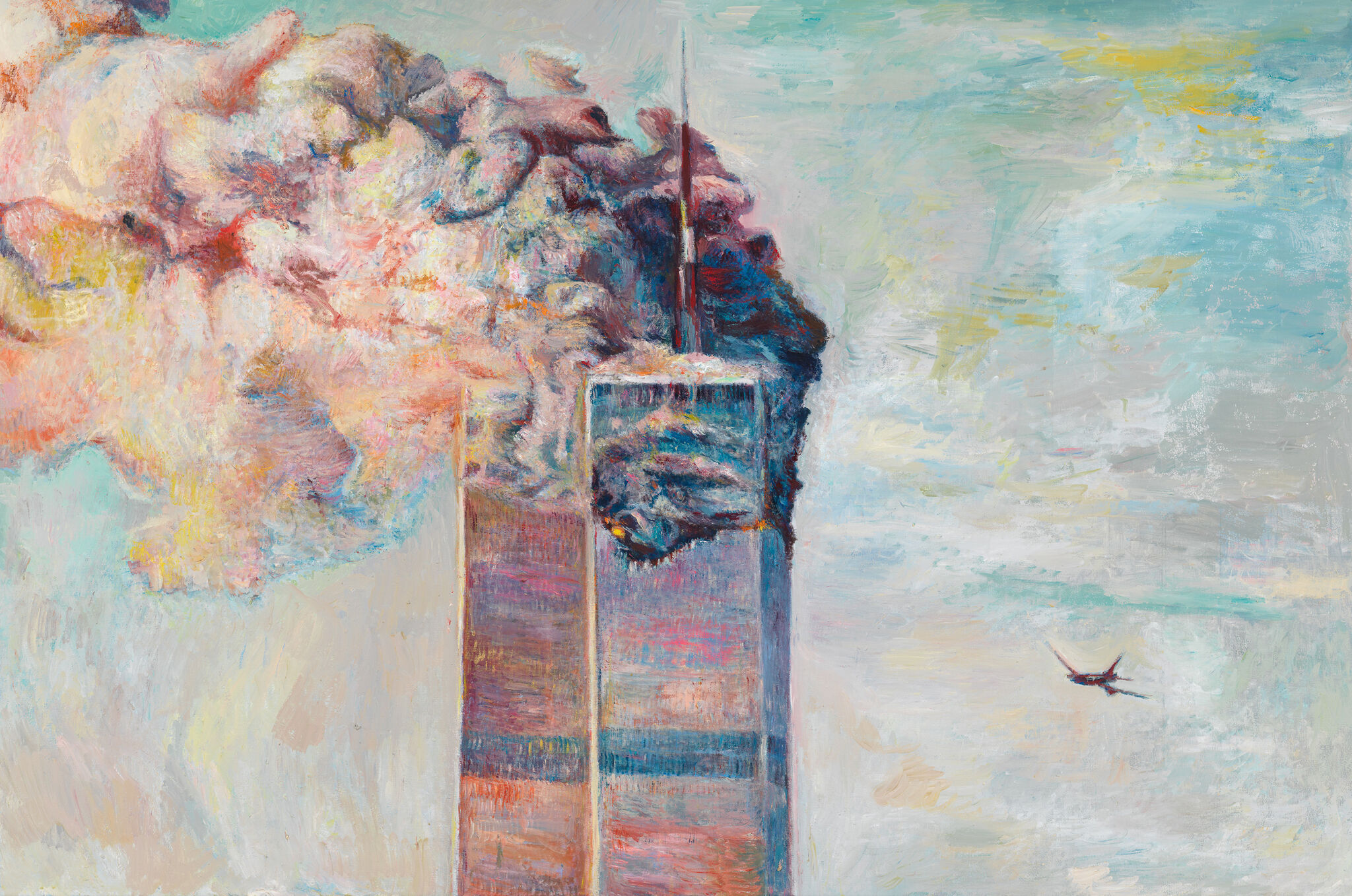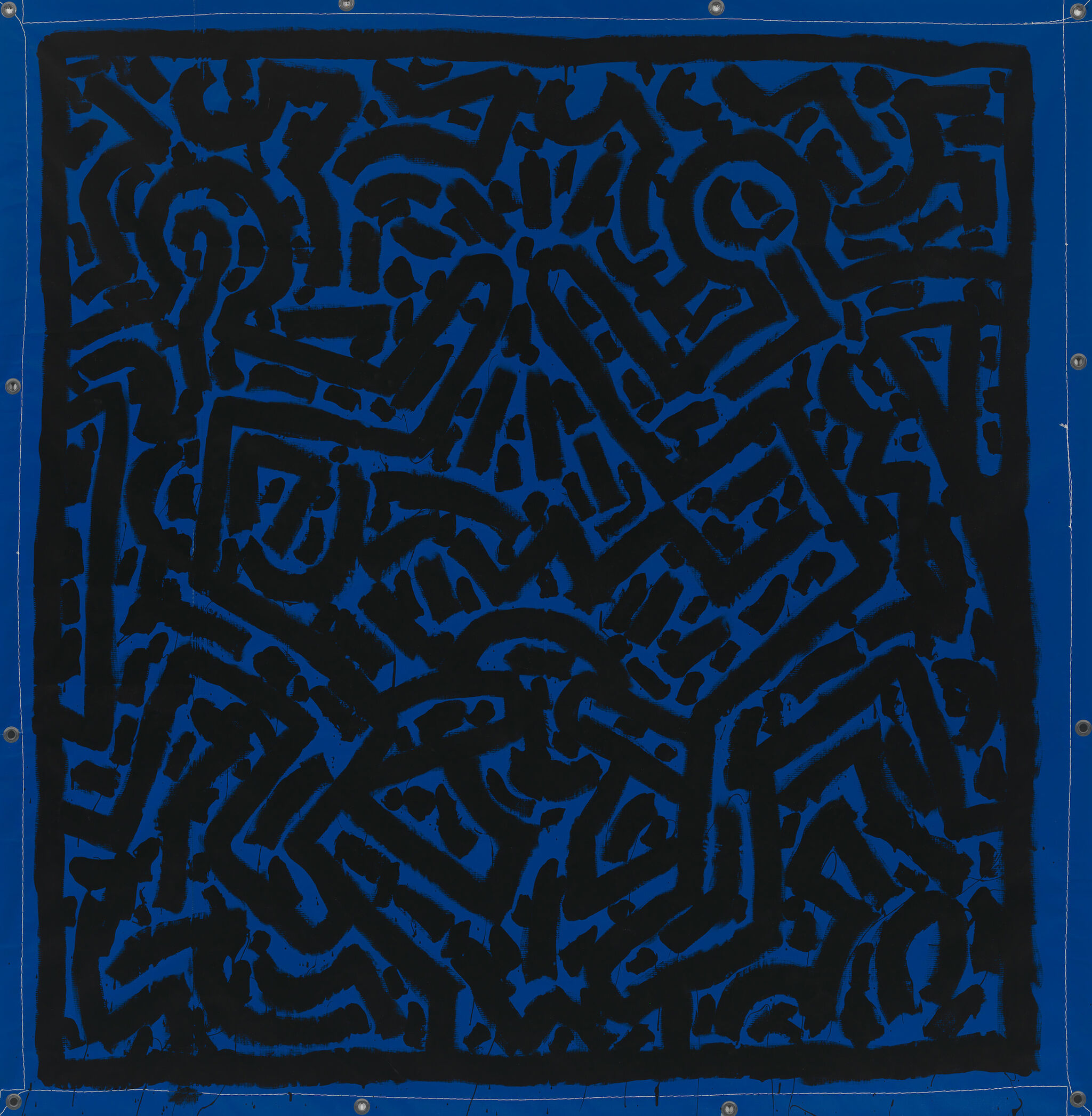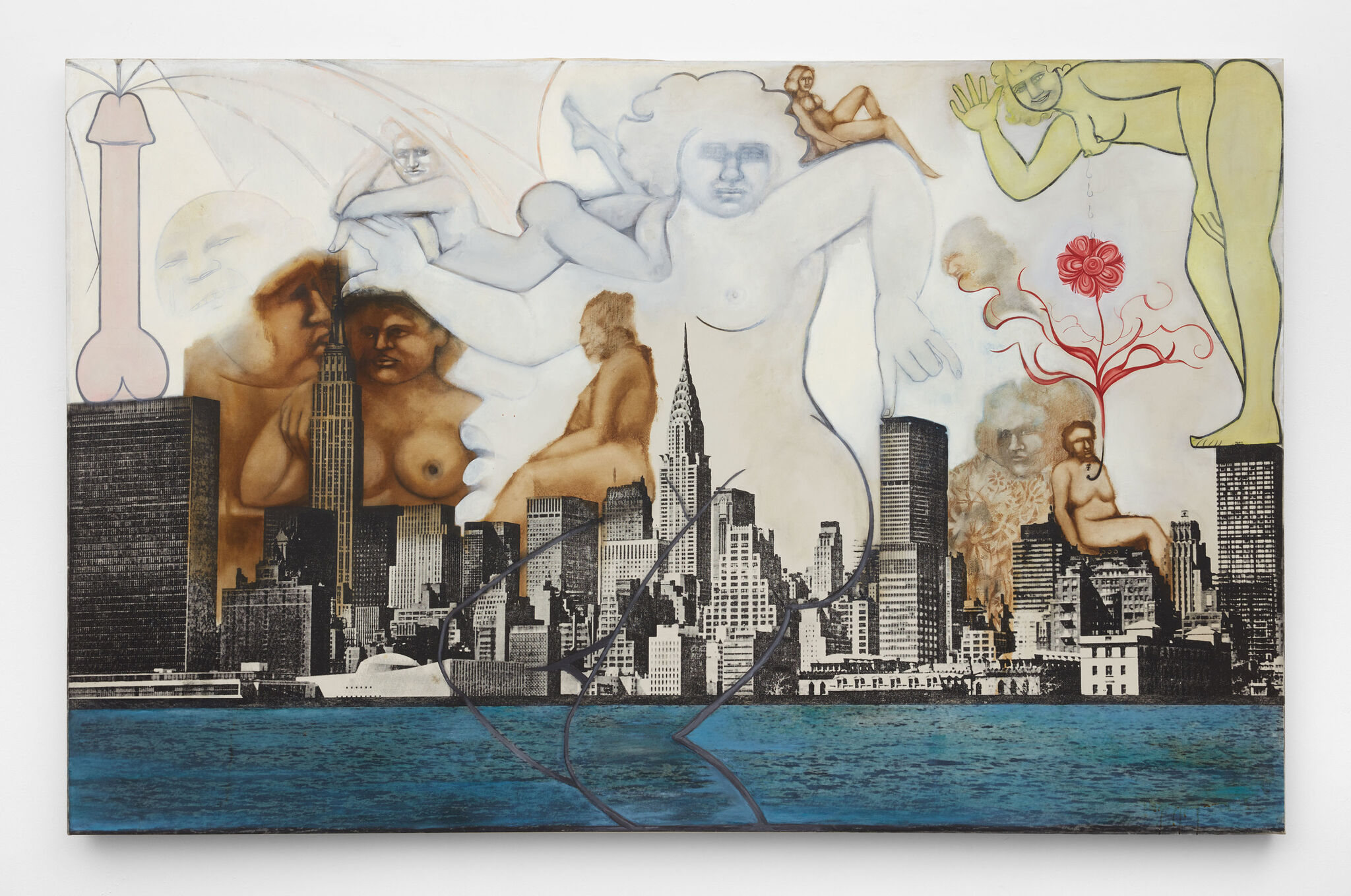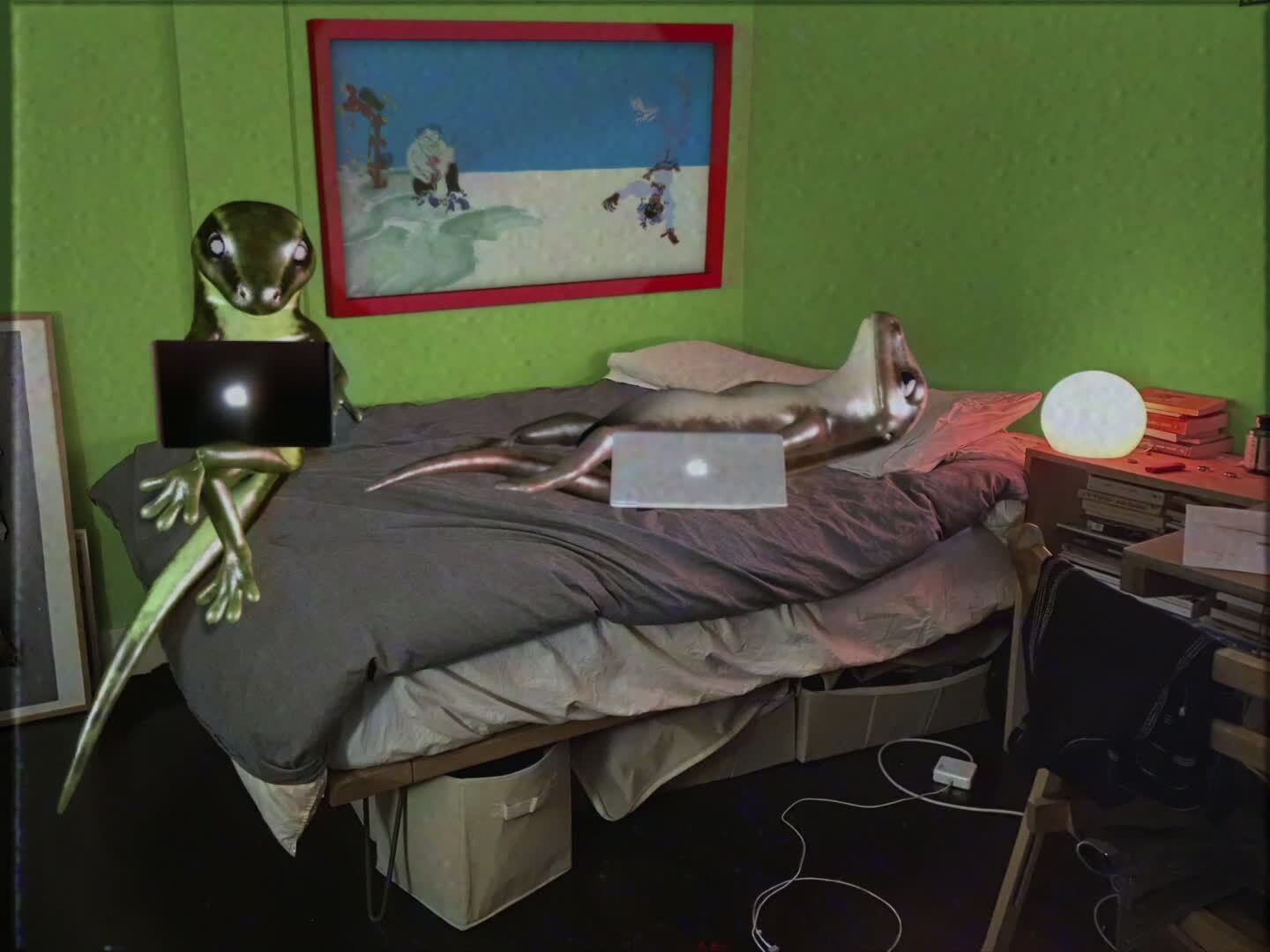Shifting Landscapes | Art & Artists
New York Cityscapes
2
From the unruly energy of a single city block to the grandeur of its towering skyline, New York has long inspired artists. The works gathered here, ranging in date from the early 1970s to 2020, document the many ways the city has changed—whether gradually or abruptly—in the aftermath of significant economic, political, and catastrophic events. The early 1970s saw New York in a state of economic decay and social turmoil, yet artistic experimentation flourished, driving new developments in feminist art, neo-expressionism, and street photography. By the 1980s and early 1990s New York had come to be known as a global city; nonetheless many artists living here remained decidedly local in their focus, depicting their neighbors or the theater of daily life. In the wake of the attacks on September 11, 2001, unsettling images of the tragedy and an overwhelming sense of alienation impacted the way some artists portrayed the city. Two decades later, works made during the COVID-19 pandemic similarly bear signs of the loneliness, disruption, and uncertainty experienced by so many. Through all these profound shifts, the city has remained an important collaborator for artists seeking to understand how the built environment can embody the complexities of urban existence and offer new ways of seeing and understanding one’s place in it.
Artists
- Robert Adams
- Yuji Agematsu
- Laura Aguilar
- John Ahearn
- Felipe Baeza
- Firelei Báez
- Melvonna Ballenger
- Orian Barki
- Jean-Michel Basquiat
- Meriem Bennani
- María Berrío
- Diane Burns
- Jenny Calivas
- Carolina Caycedo
- Enrique Chagoya
- Tseng Kwong Chi
- Arch Connelly
- Agnes Denes
- Jane Dickson
- Chioma Ebinama
- rafa esparza
- Christina Fernandez
- Teresita Fernández
- Steven Fragale
- LaToya Ruby Frazier
- Dalton Gata
- Aaron Gilbert
- Martine Gutierrez
- Keith Haring
- Bessie Harvey
- Lonnie Holley
- Nancy Holt
- Pao Houa Her
- Donna Huanca
- Peter Hujar
- Suzanne Jackson
- Ulysses Jenkins
- Luis Jimenez
- Michael Joo
- Sonya Kelliher-Combs
- An-My Lê
- Maya Lin
- Miguel Luciano
- James Luna
- Guadalupe Maravilla
- Hiram Maristany
- Leslie Martinez
- Patrick Martinez
- Gordon Matta-Clark
- Keith Mayerson
- Park McArthur
- Ana Mendieta
- Amalia Mesa-Bains
- Mundo Meza
- Alan Michelson
- Troy Michie
- Joe Minter
- Kenji Nakahashi
- Martha Jane Pettway
- Piliāmo‘o
- Piliāmo'o
- Chuck Ramirez
- Sophie Rivera
- Alison Saar
- David Benjamin Sherry
- Trevor Shimizu
- Nicole Soto Rodríguez
- Anita Steckel
- Michelle Stuart
- Kunié Sugiura
- Tabboo!
- Salman Toor
- Rigoberto Torres
- Theo Triantafyllidis
- Artie Vierkant
- Carlos Villa
- Emmi Whitehorse
- Martin Wong
- Purvis Young

